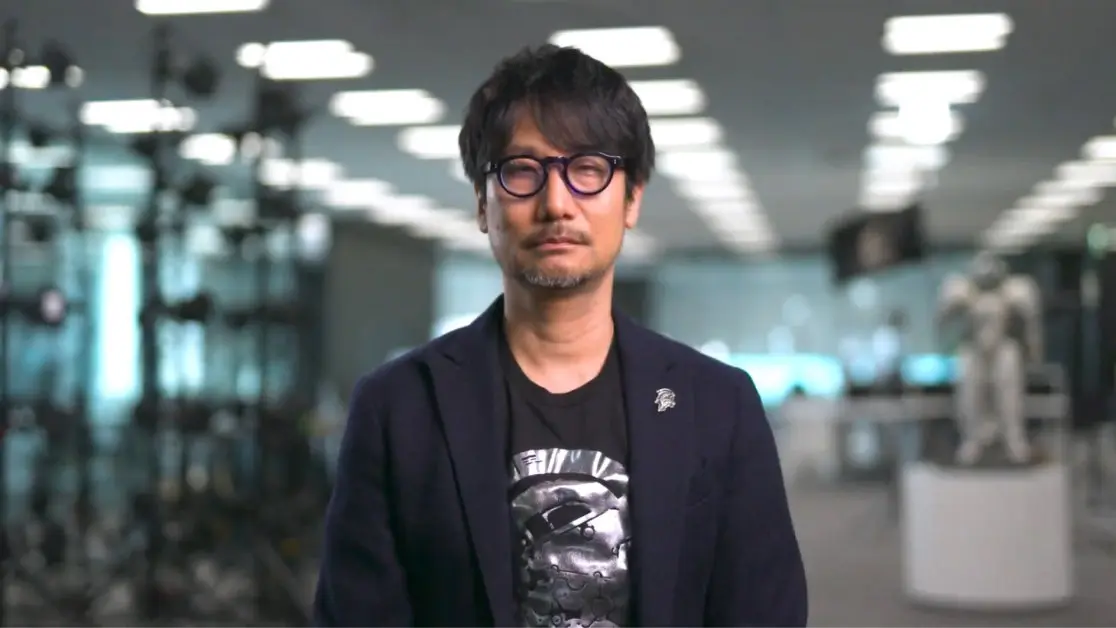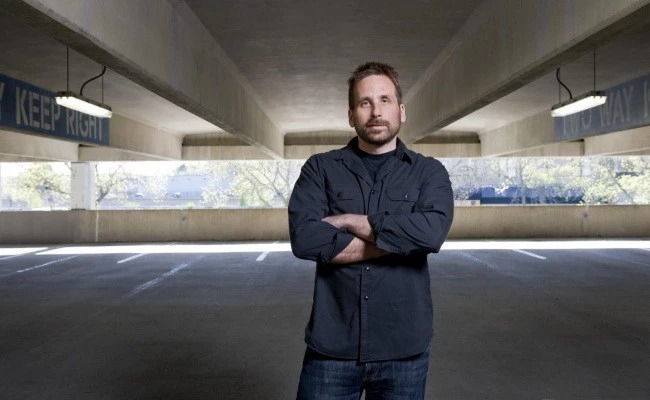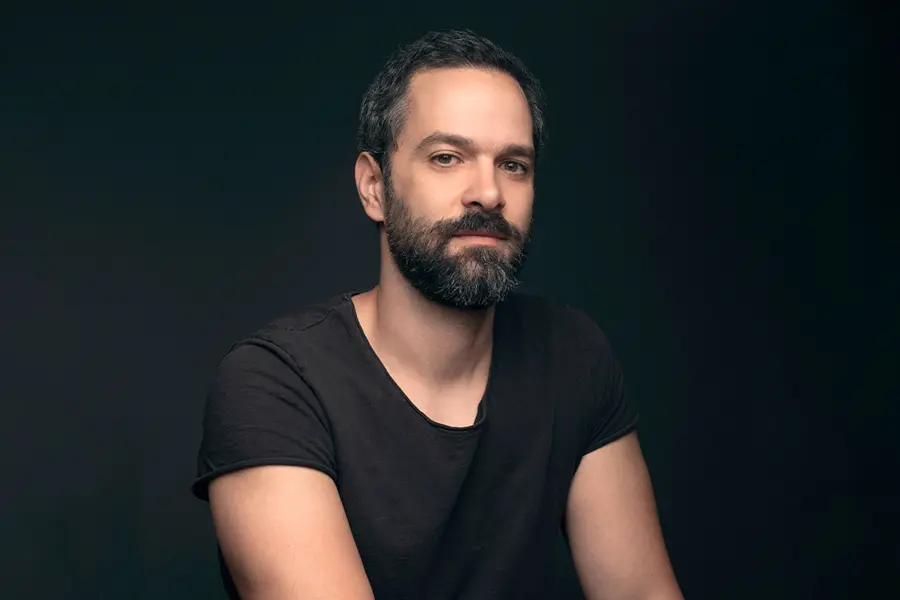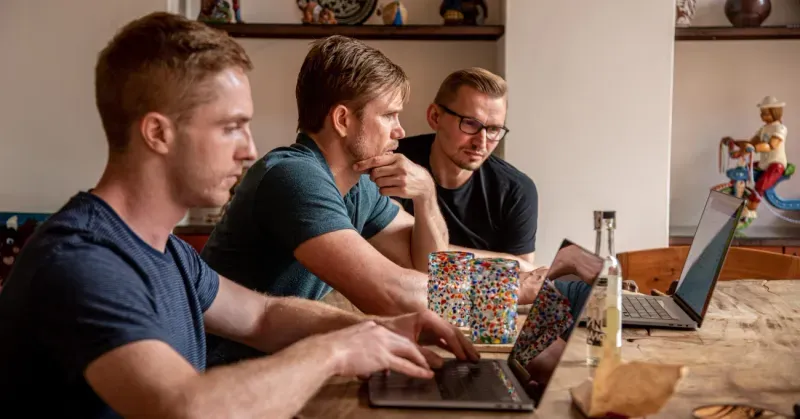At the helm of every great video game is a video game creative director, the visionary who architects worlds, breathes life into characters, and shapes the experiences that captivate millions. Akin to film directors, Video Game Creative Directors are the maestros of multimedia storytelling, synthesizing art, narrative, sound, and technology into cohesive and immersive experiences. Their role is multifaceted and demanding, encompassing the setting of creative vision, steering the game development stages, managing diverse teams, and ensuring the end product aligns with the original concept.
They are the nexus between the game’s creative aspects and the practicalities of bringing a complex project to fruition. This exploration will delve into the intricacies of what a Video Game Creative Director does, the various types that specialize in different aspects of the game, the skills and qualifications necessary to excel in such a role, and the dynamic environments in which they operate. From the first spark of imagination to the final polish of execution, the journey of a Video Game Creative Director is a tale of creativity in leadership.
What Is A Video Game Creative Director?
A Video Game Creative Director is a pivotal role in the gaming industry, often likened to a film director in terms of their importance to a project. This individual is responsible for establishing and guiding the game’s vision, setting the tone, style, story, and gameplay elements that come together to form the finished product. They lead the creative process, from conceptualization to final output, ensuring that the game adheres to a unified artistic and narrative direction.
The Creative Director works closely with every department, from art and design to audio and programming, to bring the game world to life in a way that is engaging and true to the original concept. They are the driving force behind a game’s creativity, harmonizing the team’s talents and steering the project through its various stages to successful completion.


What Does A Video Game Creative Director Do?
The role of a Video Game Creative Director is multi-dimensional and crucial to the creation of any video game. This individual is charged with a broad array of responsibilities that shape the trajectory of a game’s development from its earliest concept to its final release. Let’s explore each of these responsibilities to understand better the critical role a Creative Director plays in the video game industry.
Set The Creative Direction
The Creative Director is tasked with establishing the game’s creative vision. This involves conceptualizing the game’s core idea, its aesthetic, narrative tone, and the overall player experience. They must articulate this vision clearly to ensure that every element of the game, from character design to level layout, aligns cohesively with the intended direction.
Oversee The Development Process
From pre-production to launch, the Creative Director oversees every phase of the game’s development. They ensure that the project stays on track, meets milestones, and adheres to the creative vision. They are involved in high-level planning, workflow determination, and troubleshooting, smoothing out any bumps that arise during the game’s creation.
Manage The Creative Team
A Creative Director leads and inspires the creative team, which may include artists, designers, writers, and other specialists. They foster a collaborative environment, delegate tasks, and ensure that all team members have the resources and direction needed to contribute effectively to the project.
Making Design Decisions
Throughout development, a myriad of design-related decisions need to be made. The Creative Director makes calls on game mechanics, story progression, user interface, and more. Their decisions are informed by the game’s vision, player feedback, and industry trends.
Communicate With Stakeholders
A Creative Director serves as the bridge between the creative team and external stakeholders, which can include publishers, marketing teams, investors, and the gaming community. They must effectively communicate the game’s progress, pitch ideas, and gather feedback to refine the game accordingly.
Ensure Quality
Quality assurance is a critical part of the Creative Director’s role. They are responsible for the final quality check before anything goes out the door, ensuring that the game not only functions well but also delivers on the promised experience.
Manage The Budget
Responsible for managing the game’s budget, the Creative Director allocates resources appropriately, ensuring that the project remains financially viable without compromising the creative vision. They must balance creative desires with financial realities, making strategic decisions to maximize the game’s value and impact.


Types Of Video Game Creative Directors
In the video game industry, the title of Creative Director encompasses a range of specialized roles, each focusing on different aspects of game creation and bringing a unique set of skills and perspectives to the project.
From the overall look and feel of the game to the intricacies of story and sound, various types of Creative Directors oversee specific departments, ensuring that each element not only stands out on its own but also contributes to a harmonious and engaging player experience. Let’s get familiar with each one:
Artistic Director
The Artistic Director is responsible for defining the visual style of the game. This role involves overseeing the art department to create the game’s visuals, including character models, environments, color schemes, and visual effects. The Artistic Director ensures that the game’s aesthetics align with the overall vision and appeal to the target audience.
Design Director
The Design Director focuses on the game’s mechanics and user experience. They are in charge of gameplay design, level layout, and the implementation of engaging and innovative game mechanics. They work closely with both the creative and technical teams to create a smooth and enjoyable player experience that is also challenging and rewarding.
Narrative Director
A Narrative Director, or sometimes known as the Story Director, is tasked with crafting and overseeing the game’s story. This includes developing the plot, dialogue, and character backstories, as well as integrating the narrative seamlessly into the gameplay. They work to ensure that the story is compelling and cohesive, enhancing the overall game experience.
Audio Director
The Audio Director oversees the creation of the game’s auditory elements. Their domain includes the game’s soundtrack, sound effects, and voice performances. The Audio Director ensures that the audio complements the visuals and gameplay, creating an immersive atmosphere for the player.
Technical Director
The Technical Director is responsible for the game’s technological framework. They oversee the software development process, solve technical issues, and ensure that the game performs well across various platforms. Their role is critical in bringing the game to life and ensuring that it runs smoothly and without technical hitches.
Executive Creative Director
The Executive Creative Director stands at the top of the creative hierarchy, holding the ultimate responsibility for the creative vision and execution of the game. They lead and unify the various creative departments, making final creative decisions and ensuring that the game meets the highest standards of quality and innovation.
The Executive Creative Director also frequently interacts with higher management and stakeholders, representing the creative team’s interests and vision.


The Skills Required Of A Creative Director
A Creative Director in the video game industry must possess a diverse skill set that blends creative vision with practical leadership and technical knowledge. This role demands not only a deep understanding of the artistic and narrative game design elements but also the ability to guide a project from concept to completion. Here are some of the most necessary skills required:
Thorough Knowledge Of Industry Trends And Technologies
Creative Directors must be well-versed in current industry trends and emerging technologies. They need to anticipate shifts in gaming preferences, understand new tools and platforms, and apply this knowledge to guide the game’s development. This insight helps in creating innovative and relevant gaming experiences that capture the audience’s interest.
Strong Communication And Leadership Skills
Effective communication and robust leadership are critical for a Creative Director. They must articulate the game’s vision to their team and stakeholders, inspire and motivate team members, and navigate complex interpersonal dynamics. Their leadership is pivotal in fostering a collaborative and productive environment.
Strong Understanding Of Project Management
Creative Directors should have a solid grasp of project management principles. This includes planning, scheduling, resource allocation, and deadline enforcement. They need to keep the project on track, manage the scope of the game, and make sure that the team meets both creative and business objectives.
Ability To Work In A Team And Take Initiative
Being a team player and demonstrating initiative are essential traits for a Creative Director. They should be adept at collaborating with various departments, from art and design to programming and marketing, and be willing to step in to address and resolve issues proactively as they arise.
Evaluate And Improve The Work Of Creative Teams
A Creative Director must possess a keen eye for evaluating the work produced by their teams. They provide constructive feedback, champion excellence, and encourage continuous improvement. Their guidance is instrumental in refining the game’s creative output and ensuring that it aligns with the overall vision and quality standards.


Education And Experience Required For A Creative Director
To ascend to the role of a Creative Director in the video game industry, a blend of formal education, practical experience, and key skills is essential. This foundation not only equips future Creative Directors with the necessary tools to excel in their role but also prepares them for the evolving landscape of game development. As the industry grows, so do the expectations for a Creative Director’s education and experience, which lay the groundwork for leading creative teams and shaping the next generation of video games.
Degree In Game & Creative Strategy
Pursuing a degree in Game and creative Strategy provides a comprehensive education in the various facets of game creation, from conceptualization to execution. This academic background helps aspiring Creative Directors understand the principles of game design, storytelling in games, and user experience, as well as the business and marketing strategies that will bring their visions to market.
Experience In Video Game Design
Hands-on experience in video game design is invaluable for a Creative Director. Such experience allows for a practical understanding of the development process, familiarization with game engines and tools, and insights into team dynamics. It also helps build a portfolio of work that can demonstrate one’s creative and technical capabilities.
Fluency In English+
Fluency in English is often required for Creative Directors, as the language is widely used in the global gaming industry. Proficiency in English enables clear communication with international teams, comprehension of global market trends, and the ability to network effectively within the industry.
Future Prospects And Career Opportunities
The role of a Creative Director opens up a myriad of career opportunities. With the gaming industry’s continuous growth, experienced Creative Directors can lead major projects, influence industry trends, and contribute to innovation in gaming. The skills and experience gained in this role may also provide opportunities for consulting, speaking engagements, and roles in higher education and training the next wave of game designers.
What Is A Video Game Creative Director’s Workplace Like?
The workplace of a Video Game Creative Director is as dynamic and varied as the role itself, reflecting the multifaceted nature of game development. It’s a space where creativity meets practicality, and collaboration is key. A Creative Director’s environment must foster both the visionary and the logistical aspects of bringing a game to life.
From the traditional office setting to on-site visits and travel, the workplace is designed to support a range of activities essential to game development, including creative brainstorming sessions that fuel the game’s conception and evolution.
Office-Based Work
A significant portion of a Creative Director’s work takes place in an office environment. This is where the day-to-day management of the game’s development occurs. The office serves as a central hub for planning, designing, and coordinating with different departments. It’s equipped with the necessary technology and spaces that enable the Creative Director to work effectively, whether it’s engaging in deep work or leading team meetings.
Working With Teams
Creative Directors spend a lot of time collaborating with various teams. They work closely with artists, designers, writers, programmers, and other specialists. Teamwork happens in different settings within the workplace, from formal conference rooms for structured meetings to open-plan areas that encourage spontaneous collaboration and idea-sharing.
On-Site Visits
Depending on the size and nature of the project, a Creative Director may need to conduct on-site visits. These can include trips to game art studios, motion capture facilities, or sound stages. On-site visits allow the Creative Director to oversee critical parts of the development process in person and ensure that the execution aligns with the game’s creative vision.
Some Travel
Travel may be required for various reasons, such as attending industry conferences, meeting with stakeholders, or visiting other studios for collaboration. These trips are an opportunity for Creative Directors to expand their horizons, gain new insights, and build relationships that can benefit the game’s development.
Creative Brainstorming Sessions
Creative brainstorming sessions are vital to the game development process. These sessions can take place in various locations, from casual lounge areas to dedicated creative spaces designed to inspire innovation. Here, the Creative Director leads the team in generating ideas, solving problems, and exploring new concepts that will drive the game forward. These sessions are essential for keeping the creative juices flowing and ensuring that the game remains innovative and engaging.
Conclusion
In conclusion, the role of a Video Game Creative Director is both demanding and exhilarating, blending creative vision with leadership and technical acumen. From guiding the artistic direction to managing teams and budgets, the Creative Director is the lynchpin of the video game development process, turning abstract ideas into immersive experiences.
Whether it’s through office-based strategizing, collaborative teamwork, on-site oversight, travel for broader engagement, or leading creative brainstorming sessions, the Creative Director navigates a diverse workspace that is as varied and dynamic as the games they help bring to life. This role is pivotal in shaping not just individual games but the future of the gaming industry as a whole.


